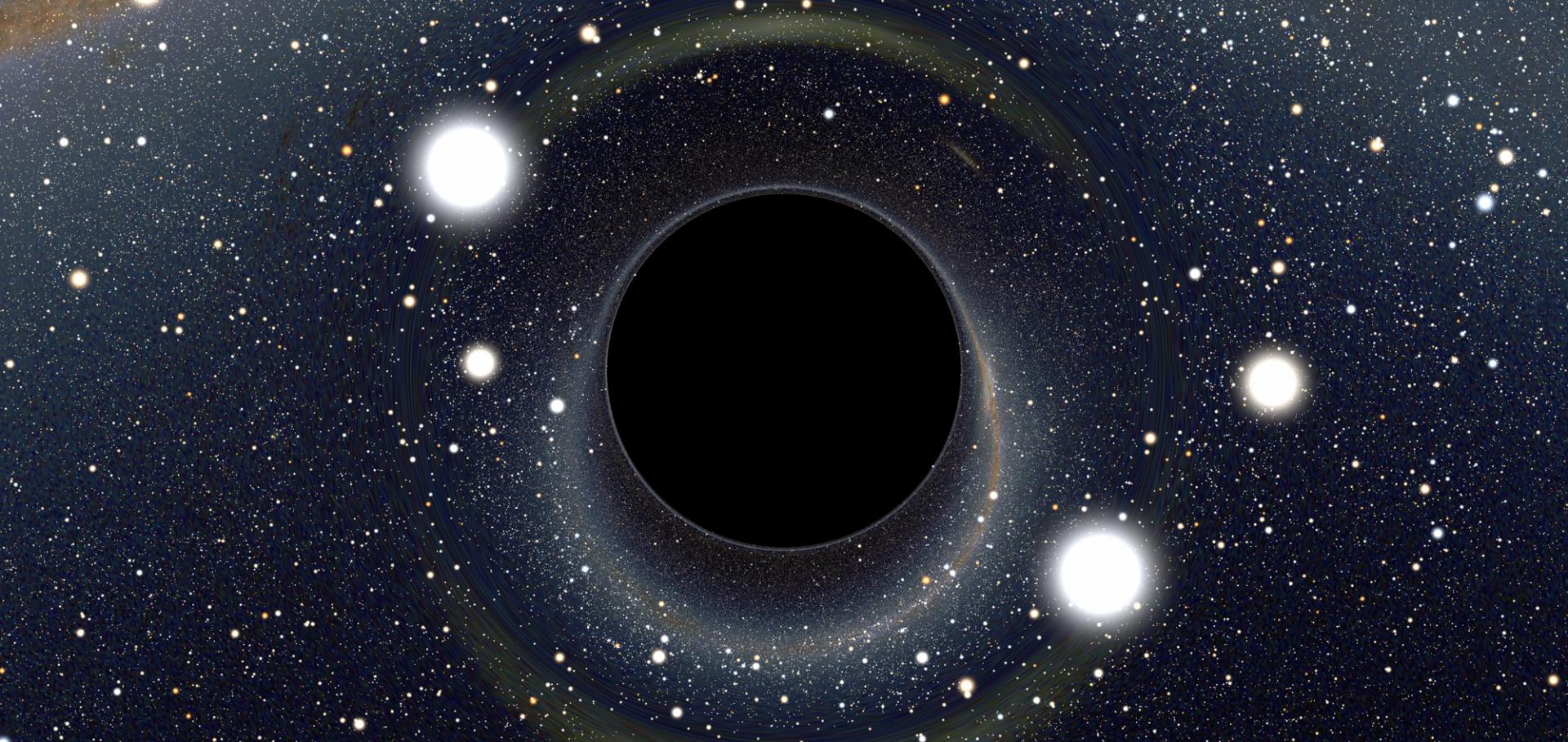LUCIFER - a NIR spectrograph and imager for the LBT
P SOC PHOTO-OPT INS 4008 (2000) 767-777
Abstract:
LUCIFER (LBT NIR-Spectroscopic Utility with Camera and Integral-Field Unit for Extragalactic Research) is a full cryogenic NIR spectrograph and imager (lambda 0.9 mu - 2.5 mu, zJHK-bands) to be built by a consortium of five institutes (Landessternwarte Heidelberg (LSW), Max Planck Institut fur Astronomie in Heidelberg (MPIA), Max Planck Institut fur Extraterrestrische Physik (MPE) in Garching, Astronomisches Institut der Ruhr Universitat Bochum (AIRUB) and Fachhochschule fur Technik und Gestaltung (FHTG) in Mannheim). The instrument has been selected as one of three first-light instruments for the Large Binocular Telescope (LBT) on Mt. Graham, Arizona which first mirror becomes available to the community in early 2003. The second mirror and a second more or less identical spectrograph/imager follows 18 month later. Both LUCIFER instruments will be mounted at the bent Gregorian foci of the two individual LET-mirrors and include six observing modes: seeing and diffraction limited imaging, seeing and diffraction Limited longslit spectroscopy, seeing limited multi-object spectroscopy (MOS) and integral-field spectroscopy (IFU). The detector will be a Rockwell HAWAII-2 HgCdTe-array with a pixel-size of 18 mu.LUCIFER-MOS: A cryogenic multi object infrared spectrograph for the let
P SOC PHOTO-OPT INS 4008 (2000) 1094-1102
Abstract:
LUCIFER-MOS is a liquid nitrogen cooled near infrared multi object spectrograph imaging 20 freely selectable sub-fields of about 2.2" x 1.8" and 6 x 4 image elements each on the entrance slit of the LUCIFER spectrograph. The image elements are re-arranged by 480 fused silica fibers of 50 mu m core diameter and 100 mu m total diameter with integrated, hexagonal lenslets of 0.6 mm width corresponding to a 0.3" field. The pre-optics magnifies the telescope image by a factor 3.3, thus adapting the telescope plate scale to the lenslet scale, and additionally providing a cold stop. The post-optics converts the f/3 fiber output beam to the f/15 beam accepted by the spectrograph. Each of the 20 6 x 4 fiber arrays together with its pre-optics is mounted in a spider arm which can be freely positioned within the 200 mm diameter field of view by a cryogenic robot. The robot performs three rotational movements to position the spider arms and is driven by cold stepper motors. The spider arms are locked in their positions by two permanent magnets each. Their magnetic field can be compensated by coils to unlock the arms and move them across the field of view.Near-IR integral field spectroscopy with adaptive optics
ASTR SOC P 195 (2000) 206-215
Abstract:
Integral field spectroscopy, in conjunction with adaptive optics systems, has the unique potential of providing spectra at spatial resolutions close to the diffraction limit of the telescope. We present first results from integral field spectroscopy in conjunction with an adaptive optics system, achieving diffraction limited images and spectra at the Calar Alto 3.5 meter telescope. SINFONI, an adaptive optics assisted integral field spectrometer currently being built for the VLT, is one of the few adaptive optics optimized integral field instruments. We present a brief summary of its features, together with a brief description of the image slicer employed in SINFONI.Near-infrared properties of four young star clusters in NGC 4038/39
ASTR SOC P 211 (2000) 96-100
Abstract:
integral field spectroscopy in the K-band (1.9-2.4 mu m) was performed on four IR-bright star clusters in NGC4038/39 ("The Antennae"). Two of them (hereafter F1 and F2) are located in the overlap region of the two galaxies, and together comprise approximate to 25% of the total 15 mu m and approximate to 10% of the total non-thermal 4.8 GHz emission from this pair of merging galaxies. The other two clusters, each of them spatially resolved into two components, are located in the northern galaxy, one on the eastern (F3) and one on the western (F4) "loop" of blue clusters. Comparing our analysis of Br gamma, CO-bandheads, H alpha (from archival HST data), and V-K colours with stellar population synthesis models indicates that the clusters are extincted (A(v) approximate to 0.7 - 4.3 mags) and young, displaying a significant age spread (4 - 10x10(6) yrs). Using our derived age estimates and assuming the parameters of the IMF, we find that these clusters have masses that range from a few x10(5) to a few x10(6) M-circle dot.The SPIFFI image slicer: Revival of image slicing with plane mirrors
P SOC PHOTO-OPT INS 4008 (2000) 1344-1350


